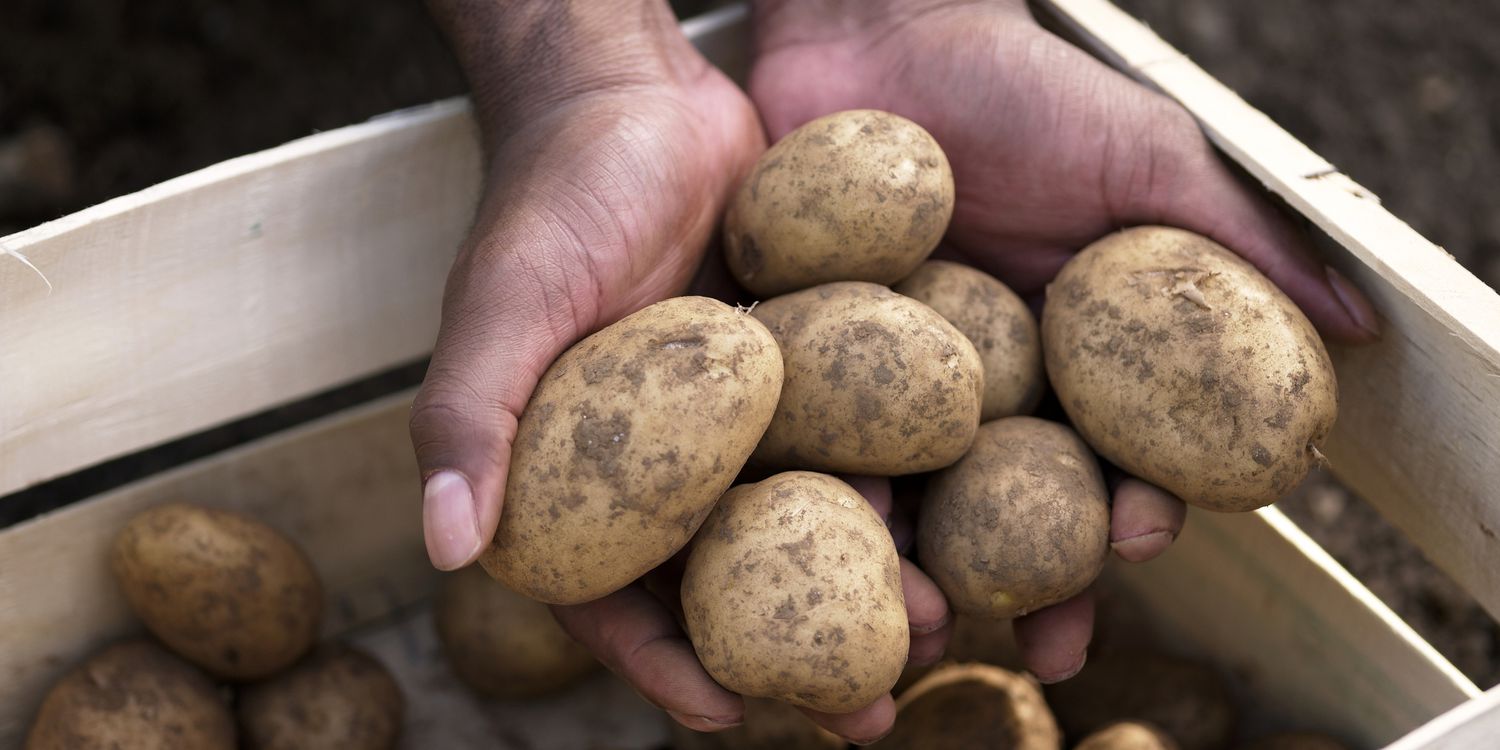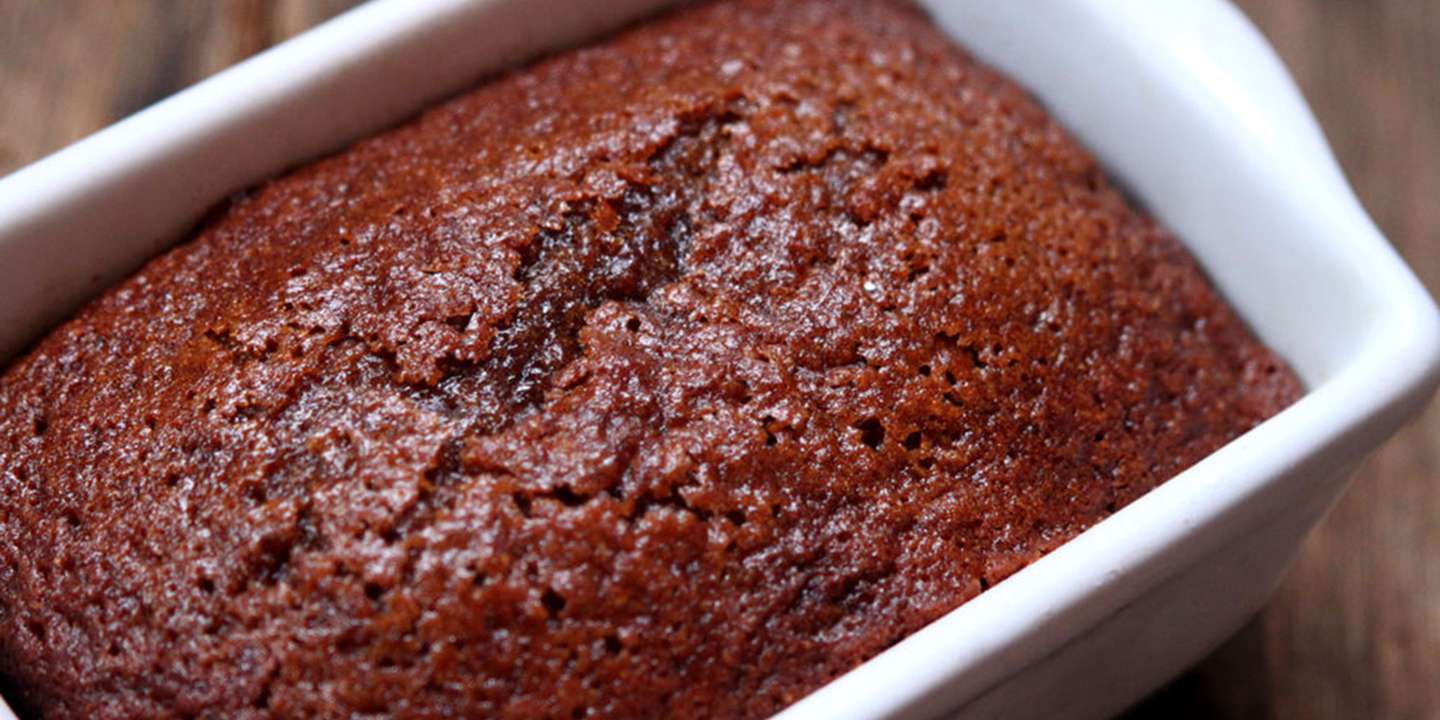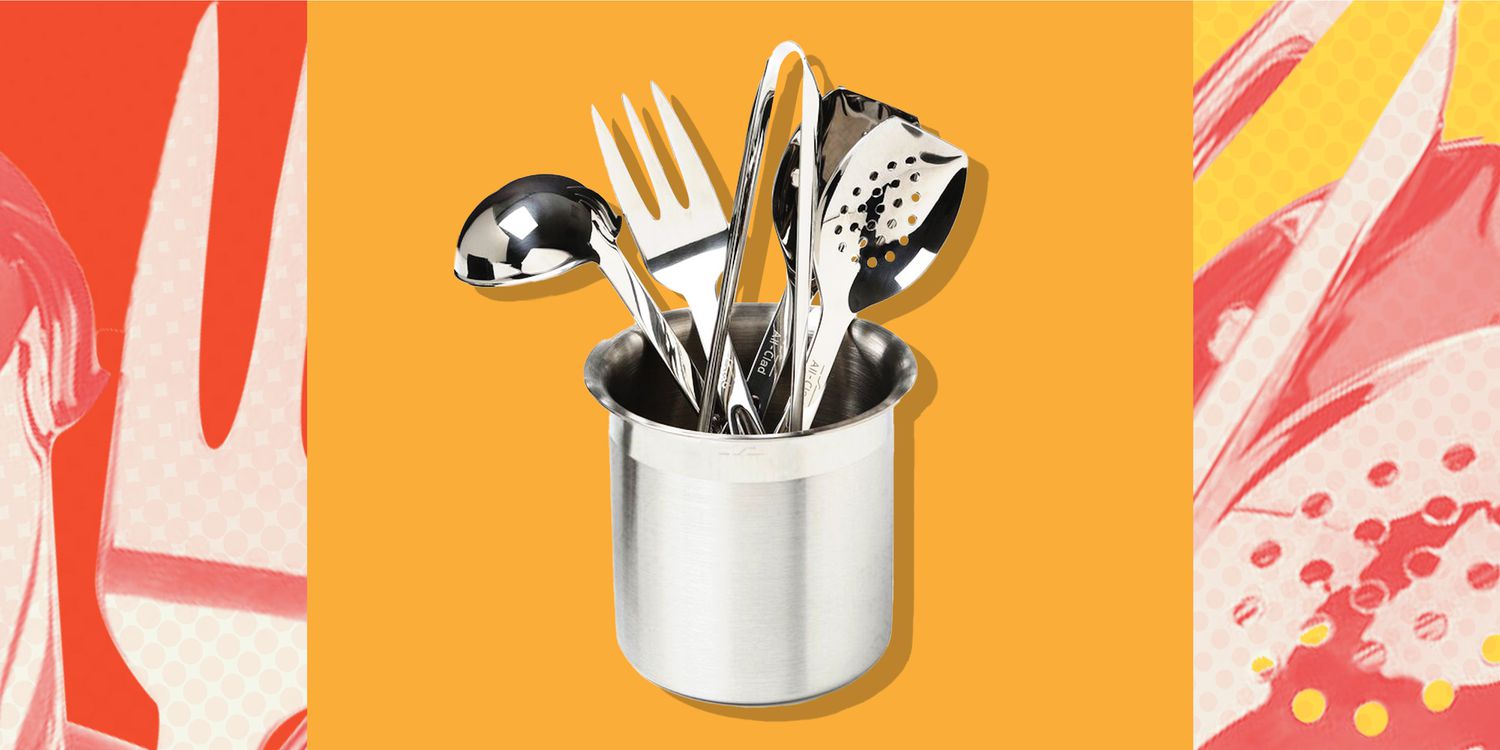Potatoes: the pantry staple of all pantry staples, stored in cellars over thousands of years, dependable, and comforting. And being that staple, purchasing them in small amounts doesn’t tend to be the norm. It’s important they last — no one likes to have to throw out sprouted spuds.
Thankfully, potatoes have a pretty long shelf life on their own. But with a few facts in mind about what these nightshades need, you can get the most out of the potatoes in your kitchen.
How Long Do Potatoes Last?
Fridge: not recommended
Room temperature: about 2 weeks
In freezer: 10-12 months
Cellar: up to 4-6 months
How to Store Potatoes
Check your spuds for soft spots, mold, places that look damaged from being dug up, or spots already looking primed to sprout. The only potatoes worth storing are free of these things.
Keeping your potatoes in the right conditions can earn you up to 6 months with your precious spuds. The conditions in question are air, sun, heat, moisture, and other produce.
Air
Potatoes require air. Because they release water, keeping them sealed away will make them damp and prone to mold. You may notice the bag potatoes come in is either mesh or riddled with air holes. This is to let them breathe.
You can keep potatoes in this bag, as long as it isn’t sealed completely on the top, but consider moving them to a more appropriate vessel, especially if the bag is plastic. The best choices are a cardboard box with holes in the side, a basket, another mesh bag, a paper bag, or even a bamboo steamer – any well-ventilated container.
If possible, make sure your pantry or place of storage has good air circulation. Potatoes will last much longer if the air is moving, rather than if it’s stagnant.
Sun/Heat
Potatoes don’t belong on your counter – they’re not exactly the prettiest produce to display, anyway. Exposure to sun (and even fluorescent lighting) coaxes out chlorophyll from the vegetable, causing it to turn green, wrinkle, and finally, rot. Potatoes, like the dirt they’re used to, enjoy a dark place to live.
In the same vein, keep those spuds away from heat until you’re cooking them. Storing them on the top of the fridge, anywhere near the stove, or under a sink are no-gos. Each of these places give off heat.

Get the recipe:Cheesy Potato Casserole
Moisture
Besides darkness, potatoes love moisture. After all, it’s how they grow. If you mimic that environment in your pantry, they’ll think it’s time to sprout. Cool and dry is the name of the game, here. 45-50 degrees F is ideal; place potatoes in a spot such as a pantry, basement, or garage during the winter.
Surprisingly, even the fridge isn’t great. Cold temperatures prompt the spuds to turn their starches into sugars (something called cold-induced sweetening), making them taste, well, sweeter, and will likely make them turn brown when cooked. Storing them there will fly for a little while, but not long term.
Wait until you’re ready to use potatoes before rinsing and scrubbing. If pesticides are top of mind, or if what you’re cooking leaves the skins on and you want to be extra careful regarding dirt, rinse them with a 10% vinegar or salt solution.
Storing Potatoes With Other Produce
Potatoes are solitary vegetables. Store them away from other produce, but especially fruits. Onions might be a logical item to keep in the same area or box, being another highly used and versatile kitchen ingredient, but they need their own space, too. Anything that might produce ethylene gas needs to keep its distance, or else your potatoes will spoil more speedily.
Related:
- Can You Eat Sprouted Potatoes?
- Can You Peel and Cut Potatoes Ahead of Time?
- How to Make the Easiest, Coziest Potato Soup Ever




